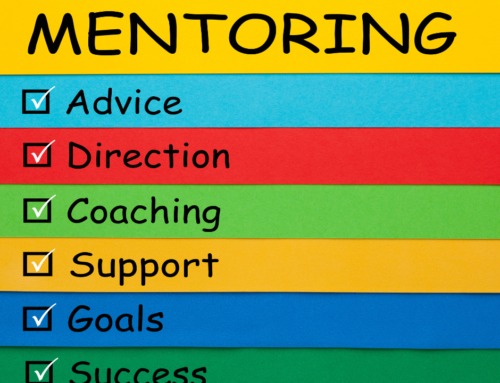Teams Develop in Four Stages
Without any plotting and scheduling about the timing of this blog (since we plan our topics out months in advance), I am currently working on different teams for three of our clients. They are small teams with five to ten members who see each other daily.
Teams may be small and seemingly working “together,” but size and proximity do not guarantee performance or cohesion. Teams develop over time and through predictable stages. If you’ve ever been on one, you will know this. Bruce W. Tuckman developed the most commonly used framework for a team’s stages of development in the mid-1960s.
Although many authors have written variations to Tuckman’s work, his descriptions of Forming, Storming, Norming, and Performing provide a valuable framework for looking at your team. Here is my take on this process.
Teams are the cornerstone of productivity and success in any business or organization. However, forming a cohesive and efficient team takes time. Distinct stages of development mark the journey, and they require careful navigation and management. Again, you will know this if you are a human being on a team.
Understanding these stages is crucial for fostering a productive and harmonious work environment as a leader. In this week’s post, I’ll delve into those four highly recognized stages of team development and explore how leaders can effectively guide their teams through each phase.
Forming your team
The forming stage marks the initial coming together of individuals to form a team. Team members are often polite and tentative at this stage as they get acquainted and understand the task. As a leader, you must clarify team goals, roles, and expectations. At this stage, it’s best to encourage open communication and create opportunities for team bonding to help break the ice and build rapport among team members. Setting a positive tone can lay a strong foundation for future collaboration.
The storming stage
As the team delves deeper into the work, conflicts, and disagreements may arise, marking the storming stage. A clash of ideas, competing priorities, and potential power struggles can emerge among team members. While it may seem chaotic, it’s a natural part of the team development process. As a leader, you should focus on facilitating constructive discussions, mediating conflicts, and fostering a culture of respect and understanding. Encourage team members to voice their concerns and perspectives while emphasizing the importance of working towards common goals. Your work is about creating a sense of psychological safety, which is when people do their best work.
Cohesion and collaboration
With conflicts addressed and relationships strengthened, the team enters the norming stage, where cohesion and collaboration take root. Team members develop a sense of trust and camaraderie, and norms and protocols for communication and decision-making emerge. As a leader, you reinforce positive behaviors, celebrate milestones, and provide support as needed. Encourage autonomy while maintaining oversight to ensure the team stays on track to achieve its objectives. Nurturing a supportive and inclusive environment can help solidify the team’s identity and boost morale.
Reaching the peak
This fourth stage, known as the performing stage, represents the culmination of the team’s efforts, where synergy and productivity are at their peak. Team members are fully aligned with the goals and objectives, leveraging their strengths and expertise to deliver high-quality results efficiently. As a leader, your focus shifts towards empowering the team, providing resources, and removing obstacles that may hinder their progress. Foster a culture of continuous improvement, encourage innovation, and recognize individual and collective achievements. By fostering a sense of pride and ownership, you can sustain momentum and drive sustained success.
Navigating these four stages of team development requires patience, empathy (of course), and effective leadership. By understanding the unique dynamics of each stage and adapting your approach accordingly, your team will develop toward peak performance and achieve collective goals. Embrace the journey, celebrate milestones, and prioritize open communication and collaboration to cultivate a solid and resilient team that can thrive in today’s dynamic business landscape.
What to Read
In our workshops on teams, I have four go-to book resources:
- The Culture Code by Daniel Coyle
- The Ideal Team Player by Patrick Lencioni
- Who Not How by Dan Sullivan
- The Power of a Positive Team by Jon Gordon
What to Watch
I love movies, and if you want to see a wonderful film about the power of teams (and I will use this reference for many future topics since it is so wonderful), go and see The Boys In The Boat (2023).






